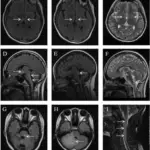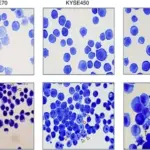Wound healing is the process by which tissue injury is repaired. Wound healing involves regeneration and or connective tissue deposition. The wound healing process consists of four processes: hemostasis, inflammation, proliferation, and tissue remodeling. Cells involved with wound healing may be labile, stabile, or permanent.
What is the Wound Healing Process?
The wound healing process is consists of six steps that must occur in precise fashion to ensure proper wound healing.
(1) Hemostasis
(2) Inflammation
(3) Mesenchymal cell differentiation, proliferation, and migration to the wound site
(4) Angiogenesis
(5) Re-epithelialization
(6) Collagen deposition
What Factors May Influence Tissue Repair
Factors that may influence tissue repair include:
- Diabetes
- Glucocorticoids
- Infection
- Location of wound
- Nutritional status
- Perfusion
What Are Abnormalities in Tissue Repair?
Abnormalities in tissue repair may due to prolongation, interruptions, or aberrancies in the process can lead to delayed wound healing or a non-healing chronic wound which may be prone to infection or progress to a Marjolin ulcer.
Abnormalities in wound repair may cause:
- Inadequate Granulation Tissue: Dehiscence. Ulceration.
- Excessive Collagen Deposition: Hypertrophic Scars. Keloid.
- Excessive Granulation Tissue: Proud flesh.
- Excessive Contraction: Contractures.



